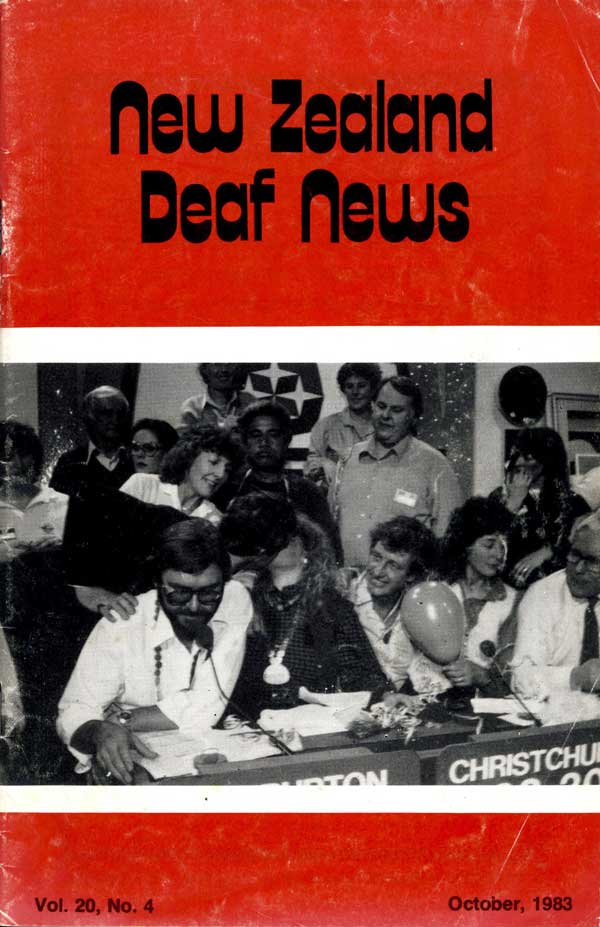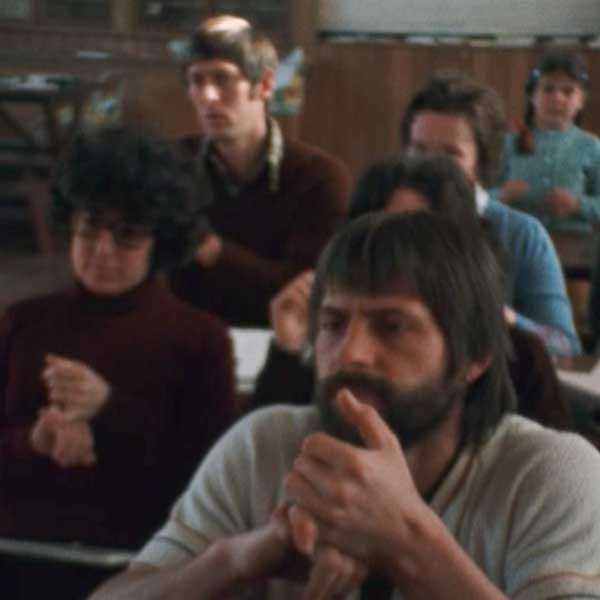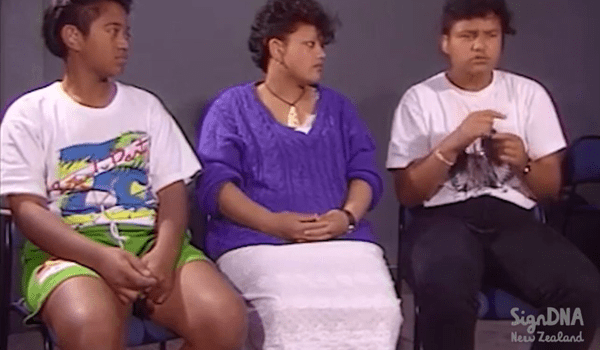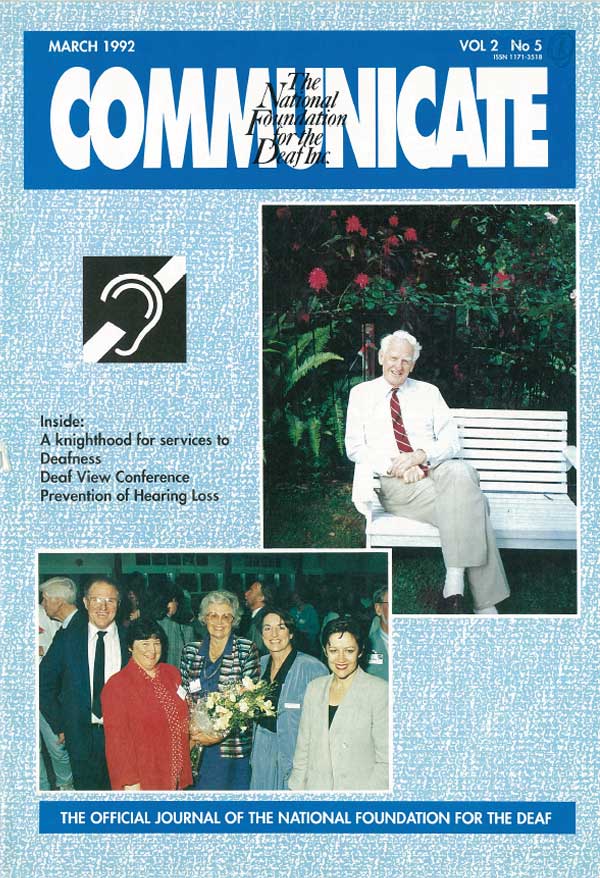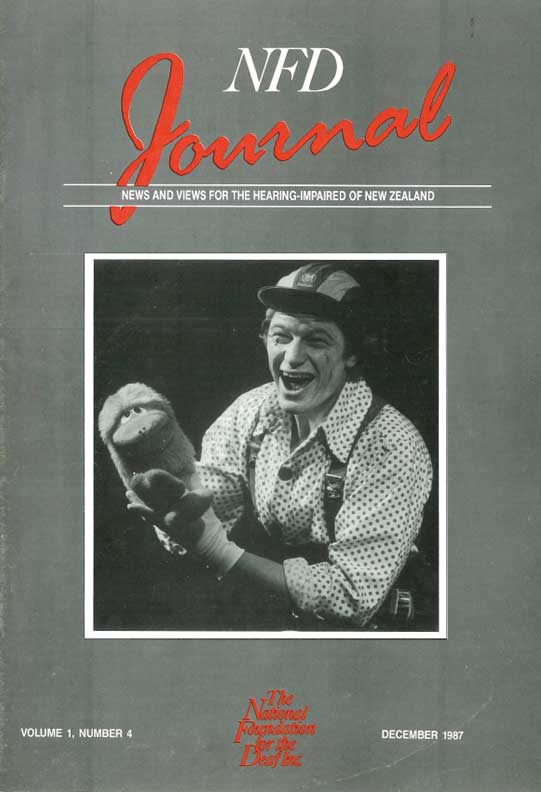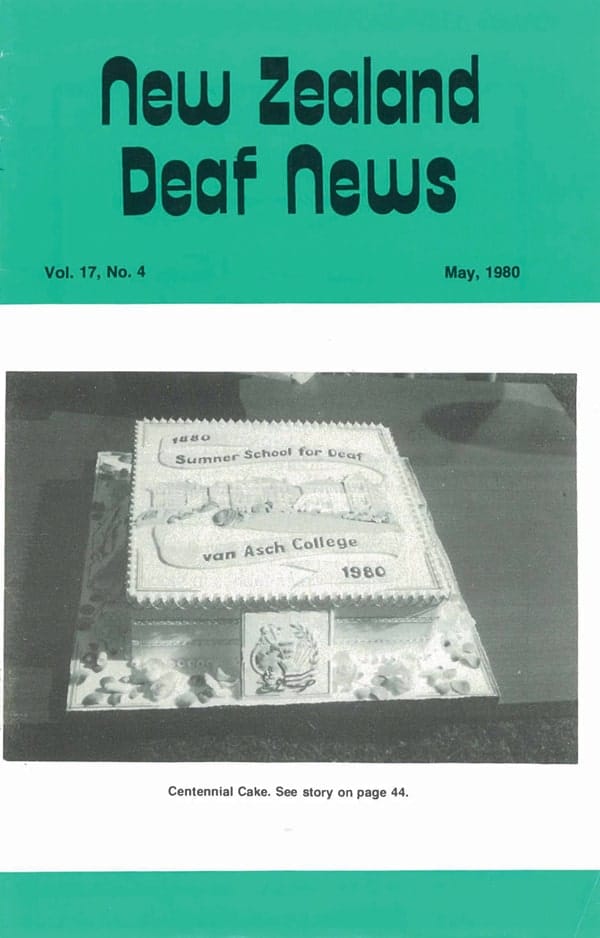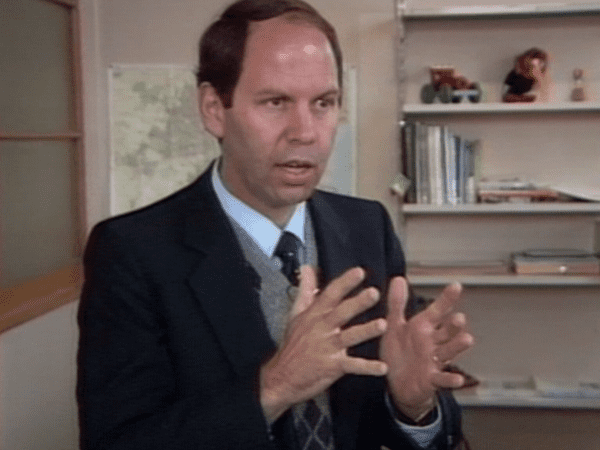Reported by Gaynor Smith, this clip screened on The South Tonight which was a Dunedin-filmed regional news show on 5 March 1979.
Doctor Jim Moody from the MOACOM group talks about how there are many deaf children who need the additional input of sign language and finger spelling.
MOACOM has started classes in Dunedin in what is called ‘Total Communication’ in “a bid to help Deaf children learn to speak for themselves”.
Close-up of finger spelling posters are shown. Gena McDonald, the mother of a Deaf child, Tyson McDonald, is shown in "conversation" with Tyson. Gena talks about how TC has been the only successful form of communication between her child and herself, and now that they had TC, his friends were picking up some signs.
The spread of Total Communication:
‘Total Communication’ was promoted by a newly formed group called MOACOM (Manual Oral and Aural COMmunication) set up in 1977 to introduce Total Communication for the education of Deaf children. They stated that "the deaf child and his family are being forced to play a huge educational and psychological price because Total Communication, including sign language and fingerspelling where necessary, is not being officially used in education of the deaf in New Zealand". The manual component of the Total Communication system, which was introduced to New Zealand from Melbourne, was an artificial signed version of English (Australasian Signed English) involving the use of indigenous Australian signs and invented signs as well as fingerspelling to reproduce English word order. This signed version of English was used in conjunction with lipreading and amplified listening as part of Total Communication.
The MOACOM movement was very influential. Various groups involved with Deaf people, parents of deaf children and members of the Deaf community urged the Minister of Education to effect an immediate change in the education of deaf children in New Zealand, that a standard sign system be adopted following discussion with the deaf community, parents, educators, psychologists and MOACOM, and that adequate training programmes at all levels - deaf adults, parents of children, and professionals - be implemented without delay. Classes to teach Australasian Signed English (ASE) as part of Total Communication were formed in many parts of the New Zealand. At the AGM of MOACOM in 1981, four years after the formation of the society, it was announced that a letter had been received from the Department of Education stating that "Total Communication is now stated Department policy and will be adopted wherever it is appropriate to do so".
While the spread of TC delayed recognition that NZSL was a valid sign language, an important consequence of the TC movement was that it turned the tide from oralism.
Reference:
A Dictionary of New Zealand Sign Language (Graeme Kennedy, 1997)




